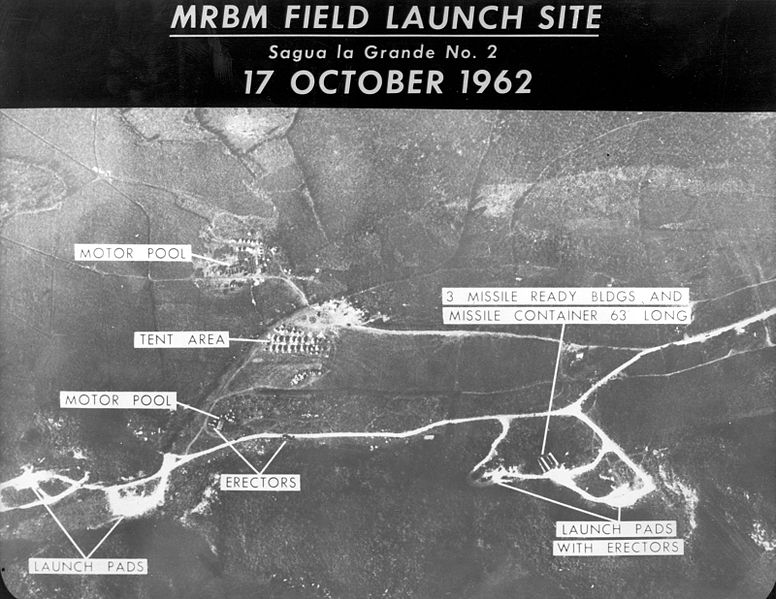Artificial Intelligence is looking for missile silos in China
Human experts that analyze satellite images can do many things but they certainly aren’t perfect. Artificial Intelligence trained on large sets of training data could potentially help with that. They can find ground-to-air missile silos much faster then humans can.

An image of missile silo on Cuba - Source: USAF
There are still plenty of people alive who remember the Cuban missile crisis from 1962. And a large part of that conflict was played by the intelligence services that found out by analyzing images from intelligence aircraft that the USSR was deploying medium-range missiles on Cuba. And even today analyzing intelligence images from satellites and other sources is very important.
But there is one big issue. Training analysts takes a long time and is very hard. Intelligence services thus only have a limited amount of people who can do this job well. Because of that suspicious military bases, secret facilities for creating nuclear devices and weapons or just secret military bases and weapon platforms are hidden in terabytes of data. So if we are missing people, why not uses AIs? American scientists did exactly that and they are now using an AI using deep learning to analyze intelligence images.

Curt Davis - Source: University of Missouri.
Curt Davis who is the boss of the Center for Geospatial Intelligence at the University of Missouri and his coworkers trained an AI that is searching for Chinese anti-aircraft defense bases in satellite images. And the AI can do it many times quicker than human specialists. David and his team published their research in the Journal of Applied Remote Sensing magazine.
The best results were when the AI was co-working with a human analyst. And they don’t even have to be that experienced. When Davis and his co-workers tried their AI on images of 90 000 square miles of south-east China it managed to identify the location of anti-air missile bases with a 90 % accuracy. And what’s even better is that it did it in just 42 minutes while human experts usually need 60 hours to do such a task.
Davis and his coworkers found during their research that it isn’t easy to train an AI to something like this. One of the big problems was the fact that there aren’t many processed sets of big data for training such AIs. The researchers first needed to find already identified anti-air bases. They found only 90 of them and that’s not really enough to train an AIs. What they thus did is that they essentially copy-pasted these 90 bases into 893 000 training images with slight changes.
Congratulations! This post has been upvoted from the communal account, @minnowsupport, by Kralizec (Jakub (James)) from the Minnow Support Project. It's a witness project run by aggroed, ausbitbank, teamsteem, theprophet0, someguy123, neoxian, followbtcnews/crimsonclad, and netuoso. The goal is to help Steemit grow by supporting Minnows and creating a social network. Please find us in the Peace, Abundance, and Liberty Network (PALnet) Discord Channel. It's a completely public and open space to all members of the Steemit community who voluntarily choose to be there.
If you would like to delegate to the Minnow Support Project you can do so by clicking on the following links: 50SP, 100SP, 250SP, 500SP, 1000SP, 5000SP. Be sure to leave at least 50SP undelegated on your account.